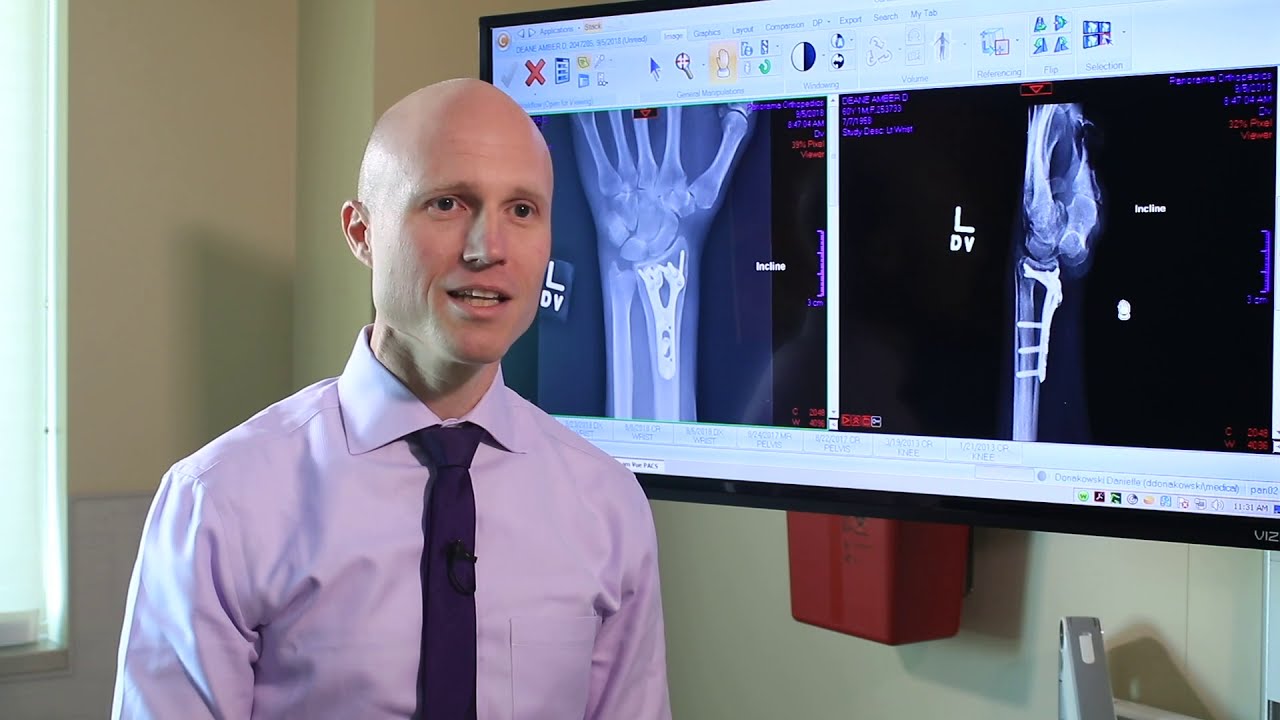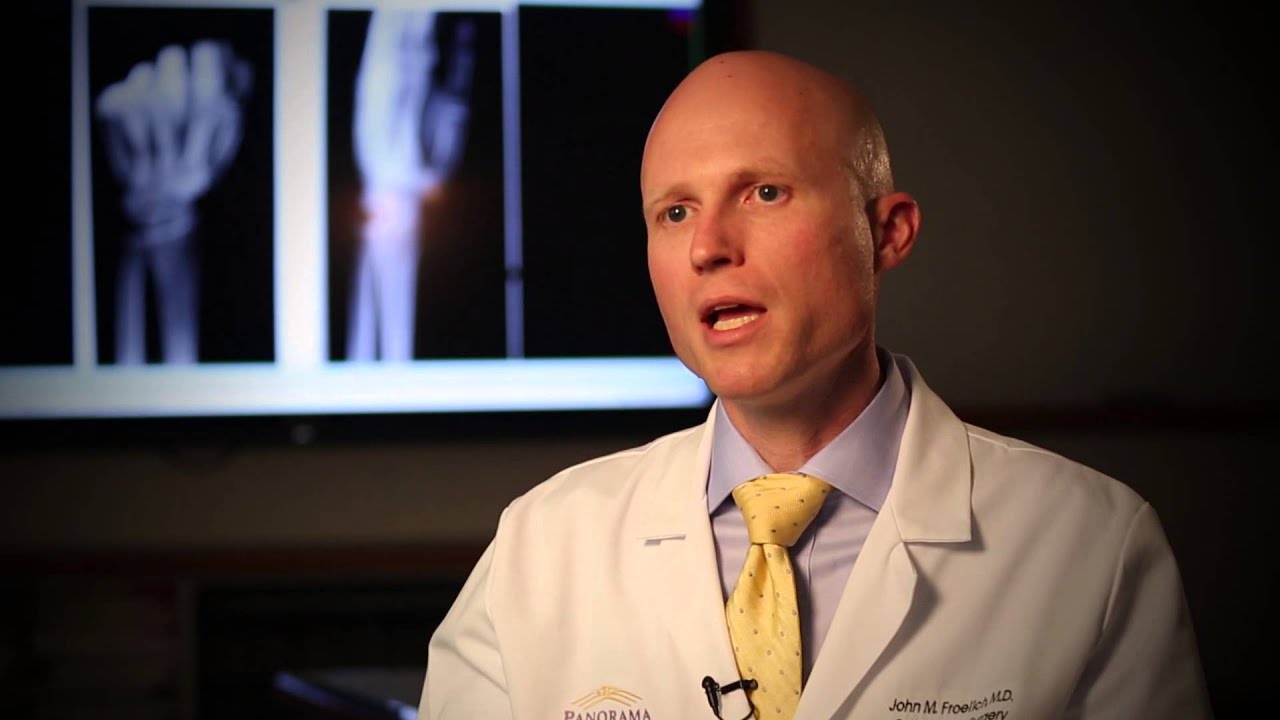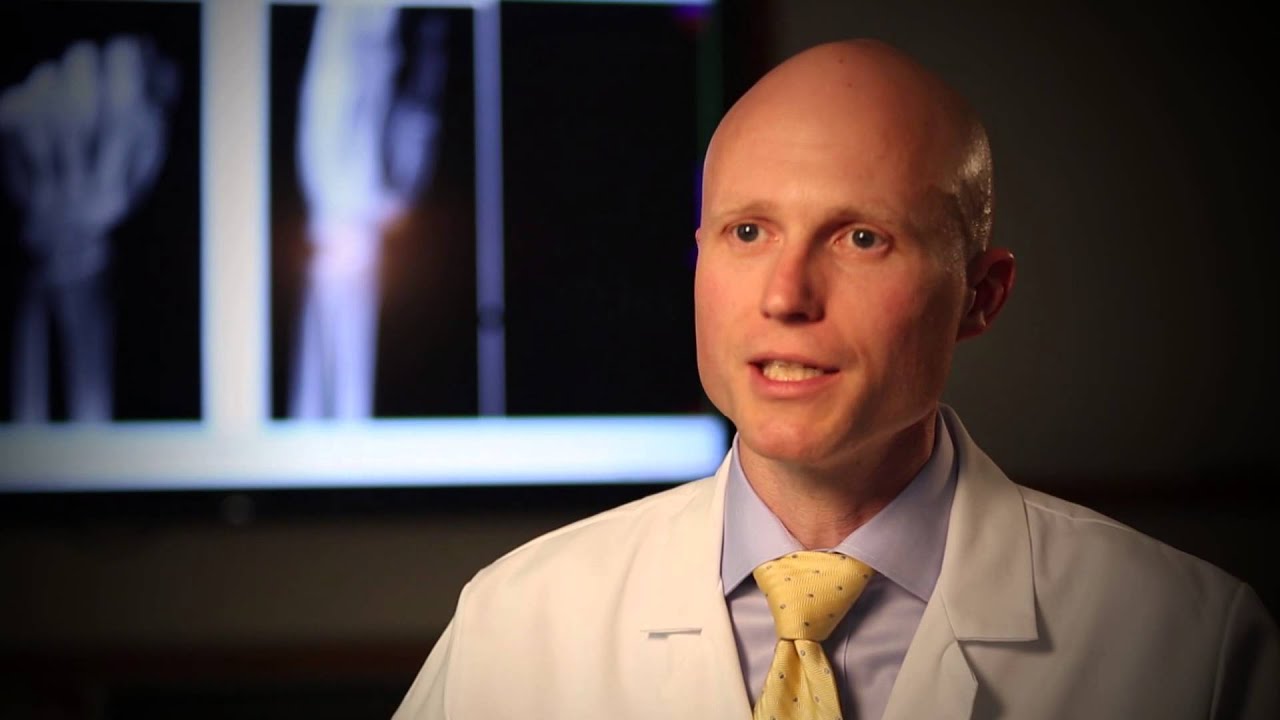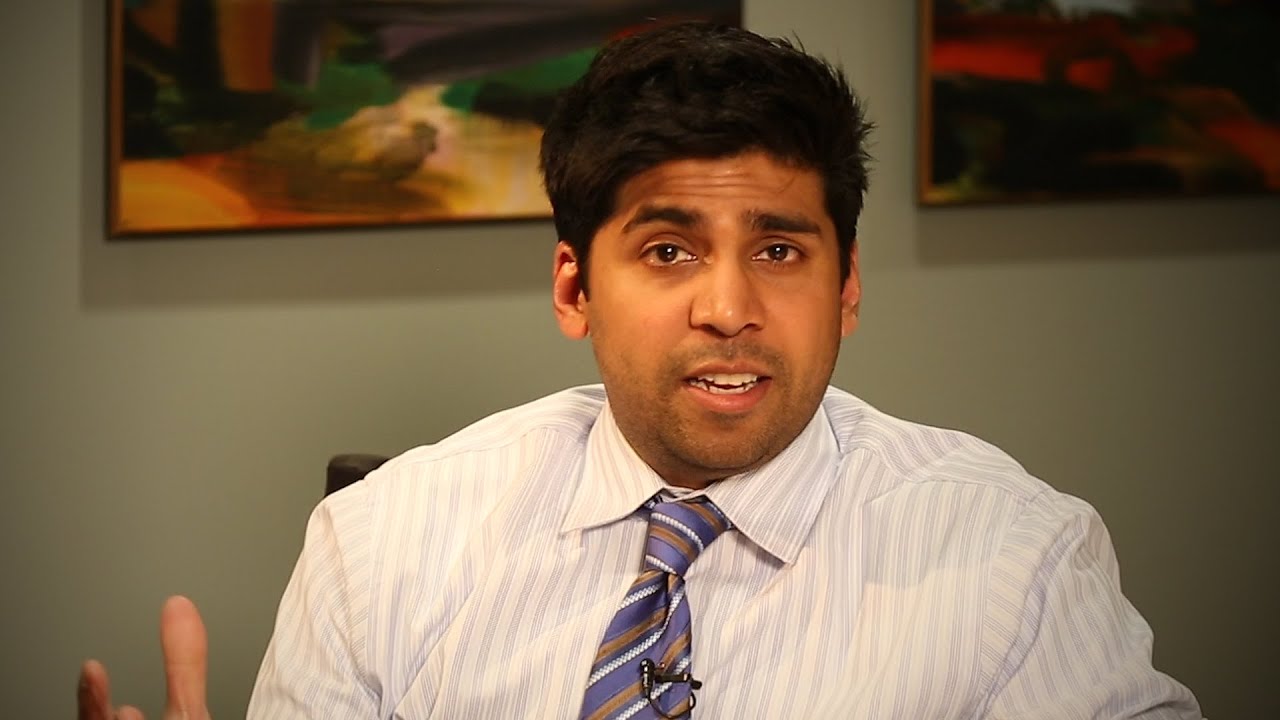Trauma, arthritis, and nerve conditions can take their toll, leading to debilitating pain, stiffness, numbness, and peripheral nerve disorders like carpal tunnel syndrome. Our team of specialty-trained hand surgeons, hand-certified therapists, and staff work together to restore function, reduce pain, and get you back to doing the things you love. Widely respected for our hand and wrist expertise, Panorama Orthopedics serves as the top regional trauma referral center for hand and wrist injuries. Our doctors specialize in the most challenging cases, with expertise ranging from carpal tunnel syndrome and arthritis to complex hand fractures and revision surgeries.
Hand & Wrist Conditions & Injuries
Our goal at Panorama is to work with you to identify the condition or injury in your hand, so we can help you feel better and do more as quickly as possible.
Arthritis
(Joint pain and inflammation)
Hand & Wrist Fractures
Carpal Tunnel Syndrome
(Compressed nerve at the wrist leading to hand pain/numbness)
De Quervain’s Tendinitis
(Swollen tendons at base of thumb, i.e. Mommy’s Thumb)
Dupuytren’s Contracture
(Thickened, tight palm and finger tissue)
Lumps & Bumps of the Hand, Wrist, Elbow
(cyst, lipoma, other masses)
Ligamentous Injuries of the Hand & Wrist
(torn or sprained ligaments of the upper extremity)
Ulnar Nerve Entrapment
(Hand numbness/pain or weakness)
Trigger Finger
(finger or thumb locks in bent position)
Skier’s Thumb

Hand & Wrist Non-Surgical Services
There are many non-surgical approaches to treating hand and wrist pain. At Panorama Orthopedic & Spine Center, we will always review all of our options before resorting to surgery.

Hand & Wrist Procedures
After our more conservative options have run their course, our experienced team of orthopedic surgeons will help you decide the next steps to restore your condition. Some of our surgical options include:
Carpal Tunnel and other peripheral nerve compression neuropathy surgery
Minimally invasive carpal tunnel surgery
Finger and thumb surgery
Fracture fixation and repair
Hand and wrist arthroscopy
Ligament repair & reconstruction
Microsurgery and nerve reconstruction
Small joint arthroscopy

Resources

VIDEO
Learning About a Broken Wrist and Understanding the Recovery

VIDEO
Dr. Froelich talks about Carpal Tunnel Syndrome

VIDEO
Dr. Froelich on Trigger Finger Diagnosis and Treatment

VIDEO
Thumb Arthritis – A Common Problem

VIDEO
Sara’s Story of Hand Surgery at Panorama Orthopedics

Patient Stories
Sara’s Story
When Sara suddenly fell from a stool, she found herself with a painful hand and wrist injury. After some research, Sara found Dr. Sameer Lodha at Panorama Orthopedics & Spine Center for her surgery.
